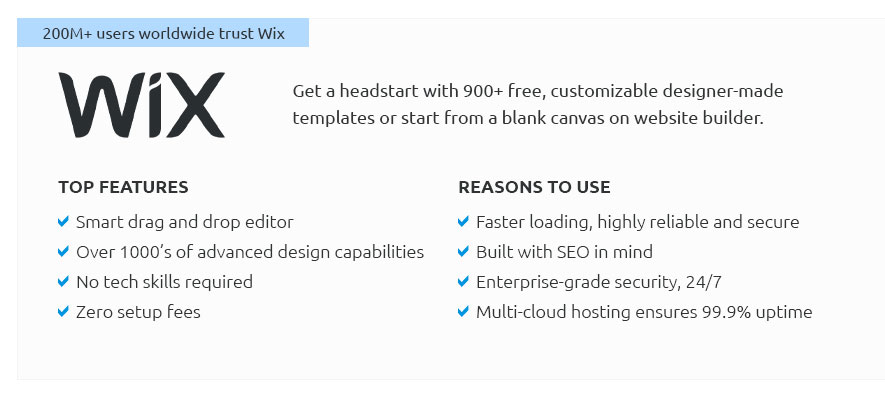 |
 |
 |
 |
|
 |
 |
 |
|
 |
|
 |
 |
|
 |
|
 |
|
 |
 |
Creating a Personal Website: A Comprehensive GuideEmbarking on the journey of crafting a personal website can be both exhilarating and daunting. Whether you're an aspiring professional eager to showcase your portfolio or simply wish to carve out a digital niche for yourself, a personal website serves as an excellent platform to express your identity online. With numerous tools and options available, let's delve into the essentials of building a site that truly reflects who you are. 1. Define Your Purpose Before you begin, it's crucial to identify the primary goal of your website. Are you looking to display your creative works, such as art or writing? Perhaps you're aiming to enhance your professional presence with a resume and career highlights. By clearly defining your purpose, you can tailor your website's design and content accordingly, ensuring it resonates with your intended audience. 2. Choose the Right Platform The platform you choose will significantly impact both the functionality and the aesthetic of your website. Popular options include WordPress, Wix, and Squarespace, each offering unique features and ease of use. WordPress, for example, provides extensive customization opportunities with its vast array of plugins, while Wix and Squarespace are known for their intuitive drag-and-drop interfaces, making them ideal for beginners. Consider your technical proficiency and the level of control you desire when selecting a platform. 3. Craft a Compelling Design Design is a critical component of any website, and a personal site should be no exception. Focus on creating a layout that is not only visually appealing but also easy to navigate. Consistent color schemes and typography can help establish your brand identity, while high-quality images and graphics can enhance user engagement. Remember, simplicity often trumps complexity, so aim for a clean, uncluttered look. 4. Develop Quality Content Content is king, as the saying goes, and for good reason. The information you provide should be informative, engaging, and reflective of your personality or professional ethos. Whether you're writing blog posts, sharing project details, or curating an online gallery, ensure your content adds value to your visitors' experience. Don't shy away from showcasing your unique voice-it's what sets you apart. 5. Incorporate Essential Features No personal website is complete without a few key features. An About page helps visitors understand who you are, while a Contact page provides an avenue for potential collaborations or inquiries. Additionally, integrating social media links can help boost your online presence, encouraging visitors to connect with you across various platforms. 6. Optimize for SEO Search engine optimization (SEO) is vital for increasing the visibility of your website. Utilize relevant keywords throughout your content, and ensure your site is mobile-friendly, as search engines prioritize user-friendly, responsive designs. Tools like Google Analytics can provide insights into your site's performance, allowing you to make informed adjustments to improve your reach. 7. Regular Maintenance and Updates Once your website is live, the work doesn't stop there. Regular maintenance is essential to keep your site running smoothly and securely. Update content periodically to keep it fresh and relevant, and check for any broken links or outdated information. Engaging with your audience through blog updates or newsletters can also foster a sense of community. In conclusion, building a personal website is a rewarding endeavor that requires thoughtful planning and execution. By focusing on purpose, design, content, and optimization, you can create a site that not only highlights your individuality but also provides value to your visitors. As you embark on this digital venture, remember that your website is a reflection of you-let it shine brightly. https://www.quora.com/How-do-I-make-my-personal-website
To create a personal website, choose a domain name and hosting provider. Use a website builder or CMS like WordPress for ease of use. Design the ... https://www.websitebuilderexpert.com/building-websites/how-to-create-a-personal-website/
Creating Your Own Website in 8 Simple Steps - Step 1: Secure a Domain - Step 2: Choose a Website Builder - Step 3: Find a Template You Love - Step 4 ... https://www.quora.com/I-want-to-make-my-personal-website-how-do-I-go-about-it
To create a personal website, choose a domain name and hosting provider. Use a website builder or CMS like WordPress for ease of use. Design the ...
|